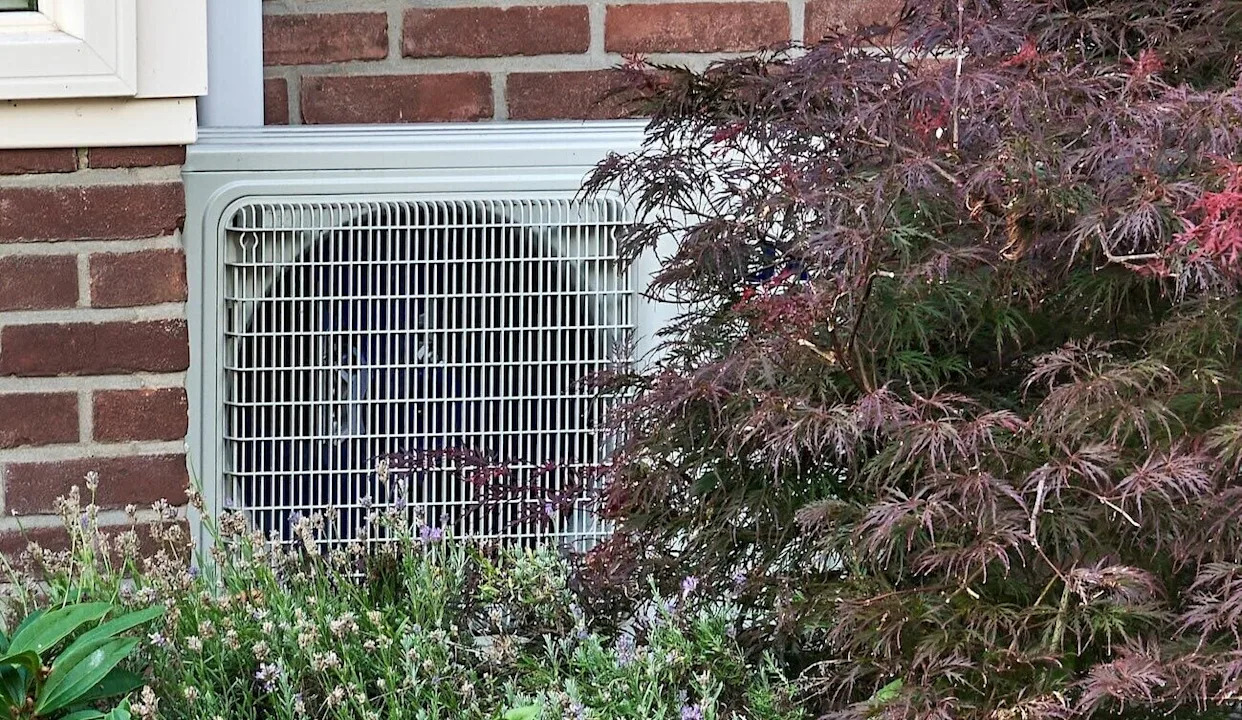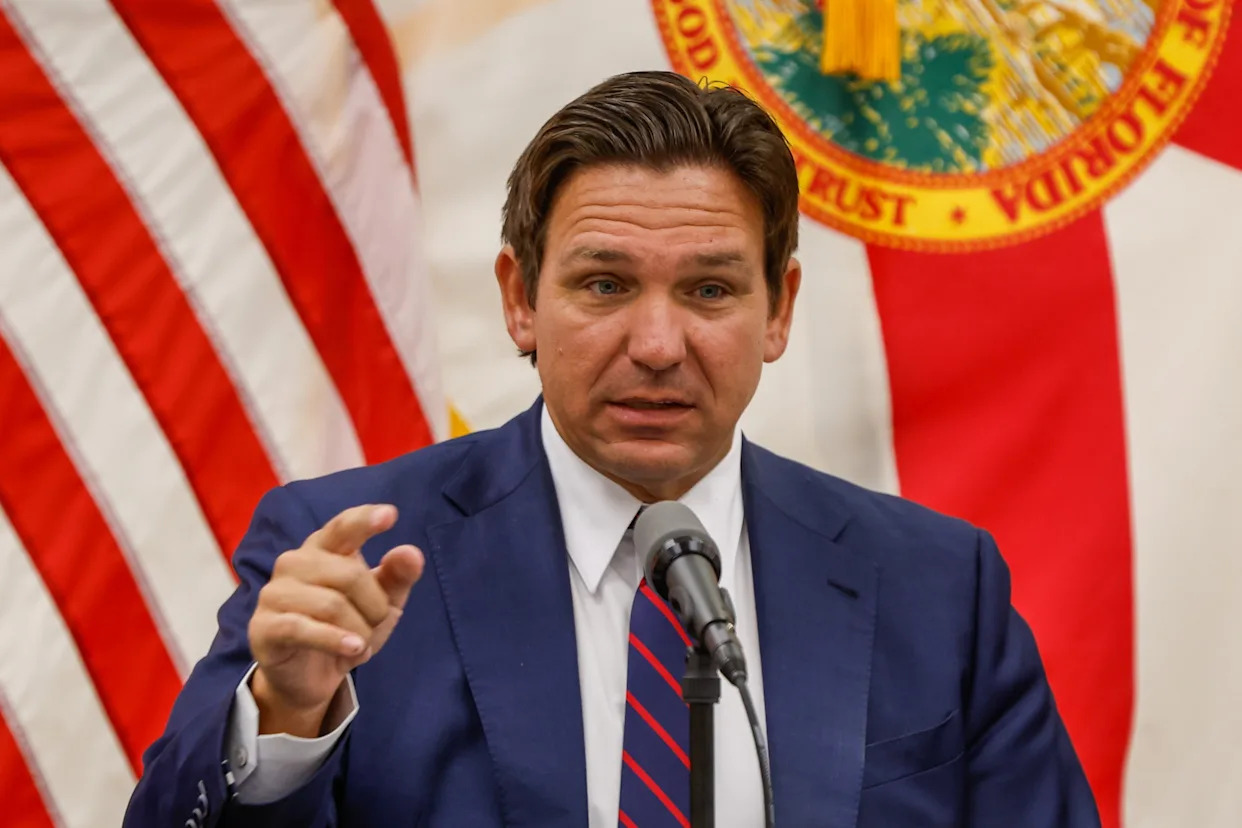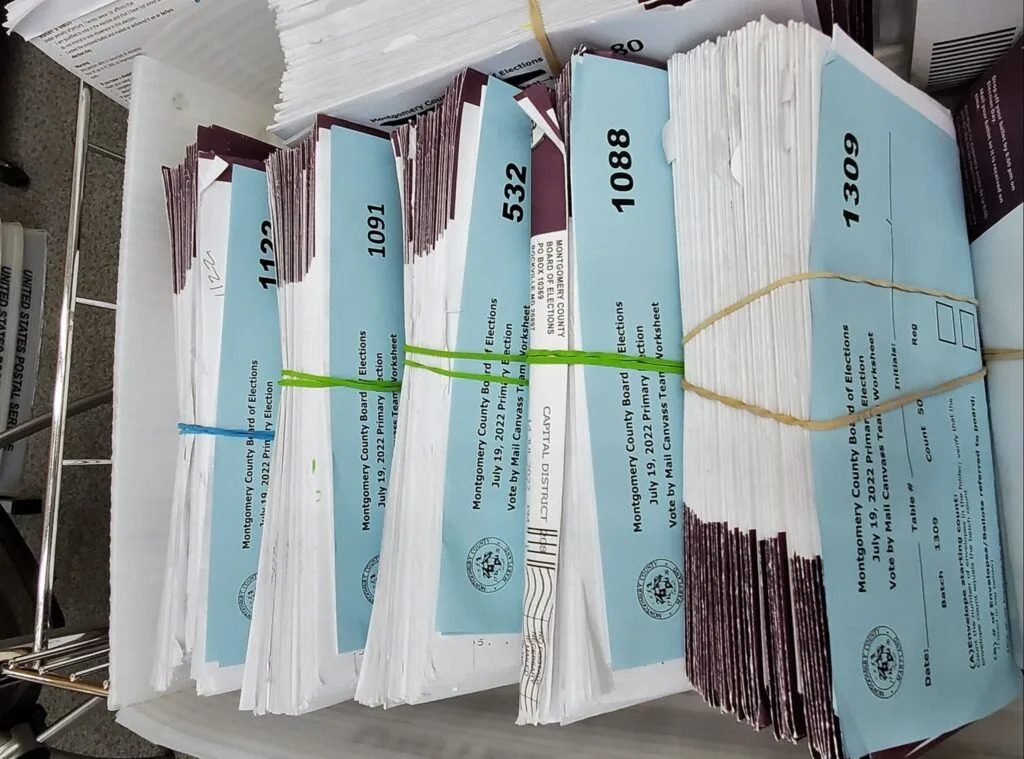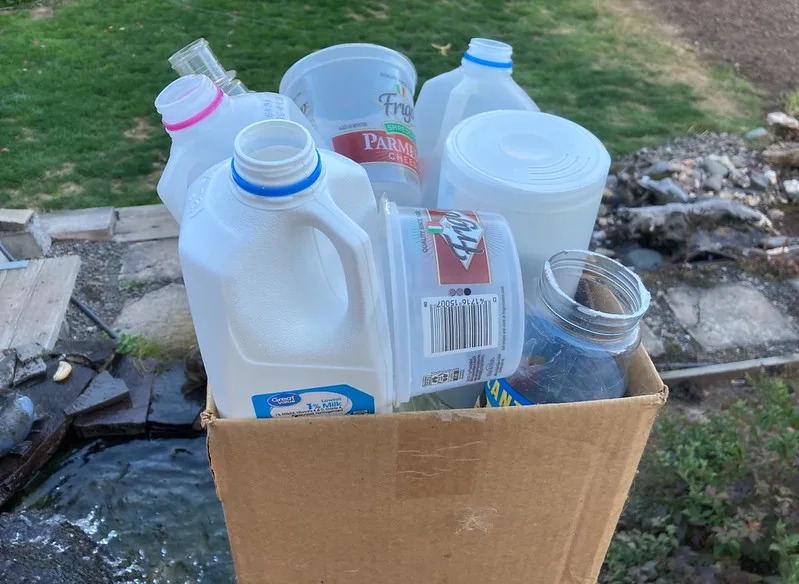
Massachusetts regulators are considering a plan to make heat pumps an obvious financial choice for most residents.
The state Department of Public Utilities is mulling a proposal to heavily discount electricity rates in the winter months for households with heat pumps, a move that could cut energy bills for more than 80% of residents who switch over to the efficient, electric appliance from fossil-fueled or electric resistance heating. For many of those households, the savings would amount to hundreds or even thousands of dollars each winter.
Massachusetts utilities already plan to lower prices for heat pump users starting this winter, but the proposal under consideration would mandate even deeper discounts in future years. The new rates could accelerate the adoption of heat pumps in Massachusetts and boost progress toward the state’s climate goals, proponents say.
And with President Donald Trump’s megabill eliminating federal tax credits at the end of this year for homeowners who install heat pumps, the approach is a timely demonstration of how states can drive heat pump adoption in the absence of federal support.
“We want to spread awareness of how helpful and commonsense this is,” Amanda Sachs, policy associate with electrification nonprofit Rewiring America, said during a webinar this week on seasonal heat pump rates. “Massachusetts is offering more than a pilot; it’s offering a playbook.”
In Massachusetts and other states with ambitious climate goals, transitioning residents from fossil-fueled heating to heat pumps — which can both warm and cool buildings — is a major strategy for reducing greenhouse gas emissions. However, the cost of buying and operating a heat pump has held back widespread adoption, particularly in areas like New England, where cold winters and high electricity prices collide.
“If we don’t figure out the affordability issues, we diminish the likelihood that we will reach our climate goals in Massachusetts,” said Jolette Westbrook, director and senior attorney for regulatory solutions at the Environmental Defense Fund.
Today, nearly 80% of Massachusetts homes are heated with natural gas, heating oil, or propane, and many of the remaining households use inefficient electric resistance heating. Slightly more than 90,000 homes in the state installed heat pumps using incentives from energy-efficiency program Mass Save between 2021 and September 2024. The actual total, including homes that did not use Mass Save programs, is likely higher. Still, the annual adoption rate will have to double in order for Massachusetts to meet its goal of deploying heat pumps in 500,000 homes between 2020 and 2030.
That, say climate advocates, is where seasonal heat pump rates come in.
Making heat pump operation affordable
Under current default electric rates, roughly three in four Massachusetts homes switching from natural-gas heating to heat pumps would end up with higher energy bills, according to an analysis released this week by climate think tank Switchbox. Indeed, 30% of households making that move would see their total cost for a winter heating season go up more than $1,000, the report finds.
“You hear that heat pumps can’t compete with natural gas, because gas is cheaper. That bit of conventional wisdom is true,” said Switchbox's executive director, Juan-Pablo Velez.
Massachusetts has already taken steps to start closing that gap with discounted electricity prices for homes using heat pumps. Regulators approved the lower rates proposed by two of the state’s investor-owned electric utilities, Unitil and National Grid, in June 2024 and February 2025, respectively; the third, Eversource, submitted its own proposed rates in April, and they are widely expected to be approved.
The planned discounts range from 4 cents to 7 cents per kilowatt-hour on the delivery portion of the bill — which pays for poles, wires, and other infrastructure — rather than the supply portion that pays for the electricity itself. The lower rate will apply to all of a home’s electricity usage during the winter heating season. Utilities will automatically sign up households that received incentives for heat pump installations through Mass Save, the state’s energy-efficiency program, and homeowners can also reach out to their power provider to enroll in the rate.
If Eversource’s rates are approved, Massachusetts will become the first state in which all investor-owned utilities offer a seasonal rate specifically for heat pumps, Sachs said. Other states have seasonal rates that also include electric resistance heating, or have individual utilities or municipal power companies that offer heat pump rates, she said.
Still, the state Department of Energy Resources, along with lots of climate advocates, doesn’t think the current plans go far enough. In January, the energy department filed a petition asking utility regulators to consider requiring even further discounts, as recommended by the state Interagency Rates Working Group, a collaborative effort of Massachusetts agencies that examines ways to modify rate design to accelerate decarbonization.
The discounts suggested in the filing range from 12 cents to 17 cents. At these levels, 82% of households making the switch to heat pumps would see lower winter energy bills, with median savings coming out to $687, according to Switchbox’s analysis. Roughly 30% of households switching to heat pumps would save more than $1,000.
“You end up with this situation where heat pumps end up being this huge engine of affordability for Massachusetts,” Velez said.
Some 20 comments have been filed in the case, with all but one supporting the even-lower seasonal heat pump rates. The only one in opposition is a joint filing by Eversource, National Grid, and Unitil that argues for the chance to implement and assess their initial seasonal rates before pushing them down even further.
How do seasonal heat pump rates work?
Supporters of seasonal heat pump rates stress that the lower prices do not mean that heat pump users are being subsidized by everyone else. In fact, they say, the proposed rate structure is far more fair than the status quo.
“This is not a handout to heat pump owners,” said Kyle Murray, director of state program implementation for clean-energy nonprofit Acadia Center. “This is a fundamental issue of fairness.”
Here’s why: The delivery portion of an electricity bill pays for the construction and upkeep of the poles, wires, and other infrastructure needed to get power where it’s going. To determine how much to charge customers — and this is a bit of a simplification — the utility divides the total cost by the number of kilowatt-hours it expects customers to use. That number becomes the delivery rate.
However, the delivery infrastructure is built to accommodate the demand peaks that happen on the hottest days of summer, when millions of air conditioners turn on at once. In the winter, peak demand is only about 80% of the summer’s highest load, leaving plenty of room for heat pumps to plug in without causing an electron traffic jam or requiring additional infrastructure costs. It is, therefore, unfair to make heat pump users pay more when they aren’t adding costs, supporters of the seasonal rates argue.
“Our current system is purpose-built for our summer peak demands, allowing incremental use without additional costs,” said Austin Dawson, deputy director of energy policy, utility regulation, and offshore wind for the state energy department. “All told, the cost of energy in the winter is higher than it needs to be.”
The idea is that utilities won’t end up taking a financial hit, because the heat pumps use more electricity at this lower rate, keeping revenue steady. Individual consumers, however, save money by eliminating their need for pricier fossil fuels or by switching from costly electric resistance heating to efficient heat pumps.
However, seasonal heat pump rates are only a short-term solution. The logic supporting them only holds as long as the system peak occurs in the summer. Within about 10 years, New England is expected to shift to a winter peak as heat pumps are more widely adopted, according to regional grid operator ISO New England. By then, though, the utilities should have deployed advanced metering infrastructure, technology that allows the collection of more detailed data about a home’s energy use, which will inform new ways of designing rates — an evolution environmental advocates welcome.
“We can’t wait until we have those meters in place,” said Larry Chretien, executive director of the Green Energy Consumers Alliance, a clean-energy nonprofit serving Massachusetts and Rhode Island. “Our message here is: This is a great reform, but be ready. There will be more changes over time.”








Comments